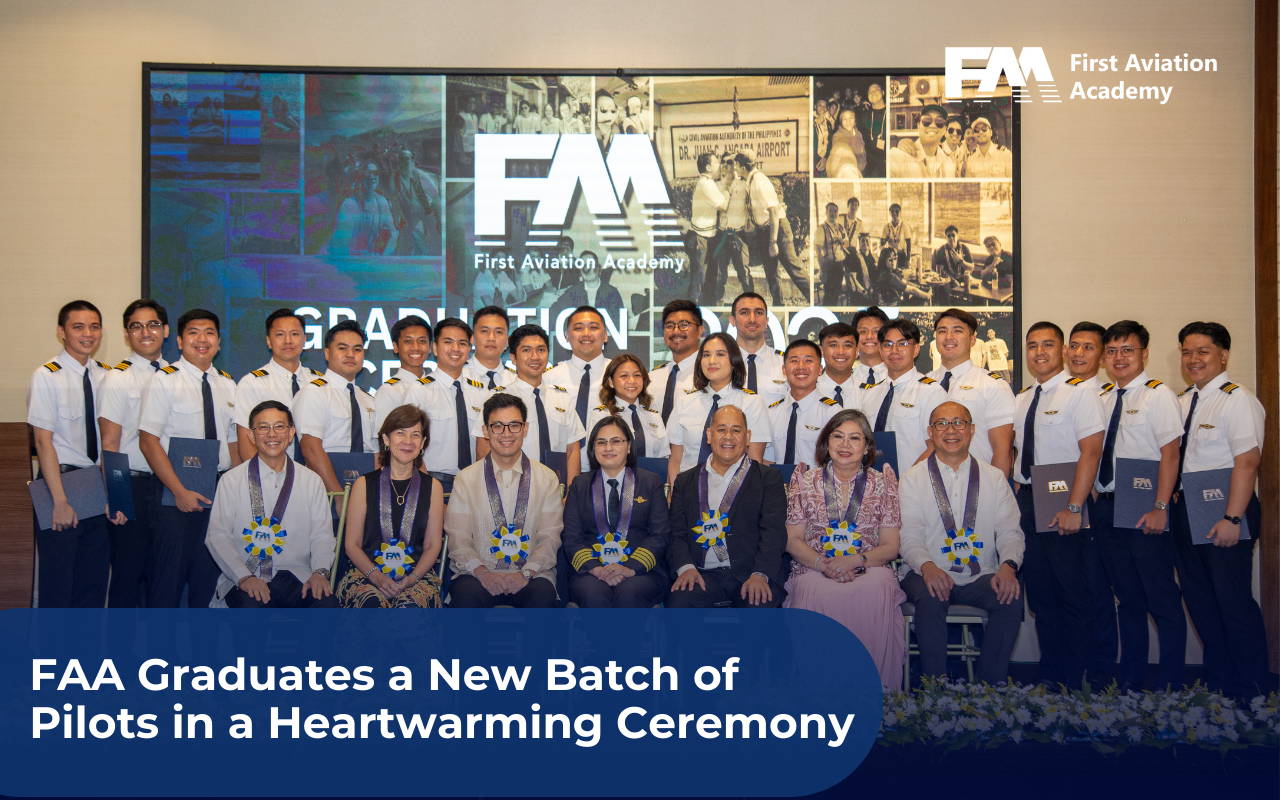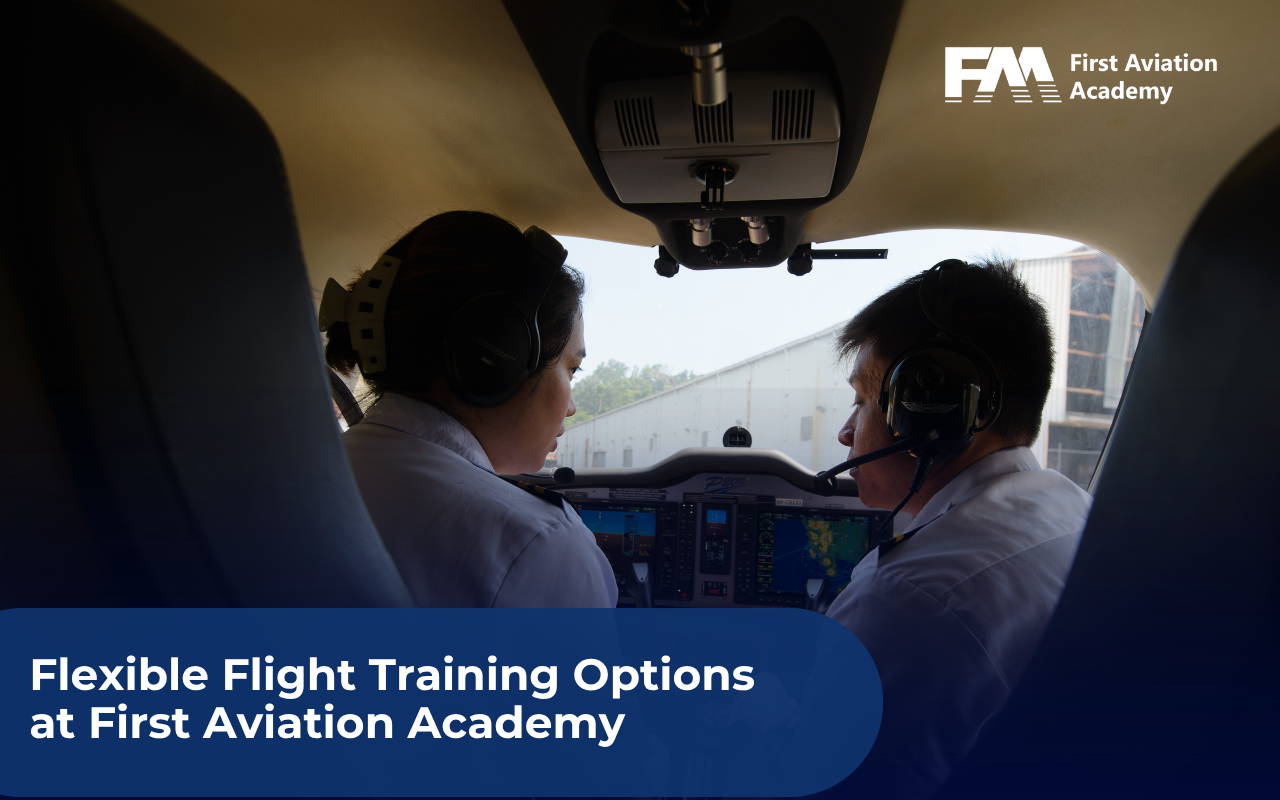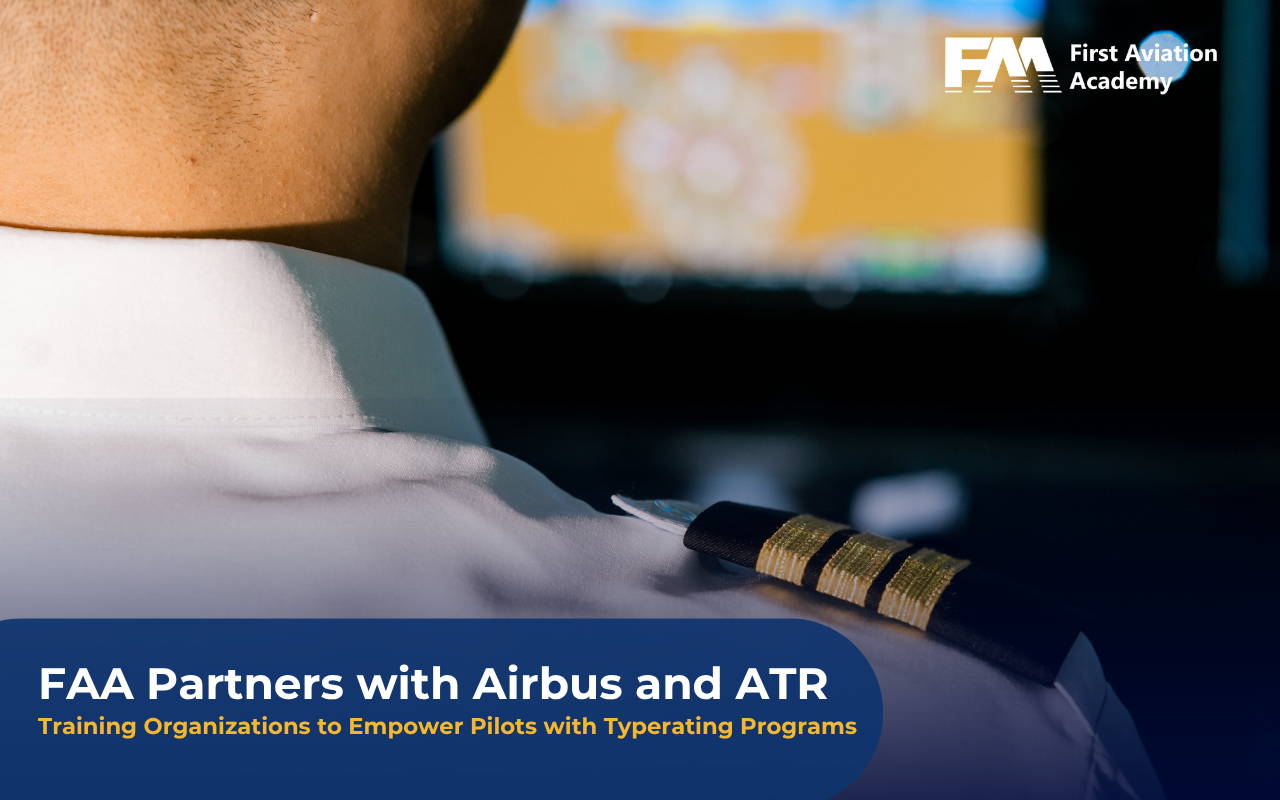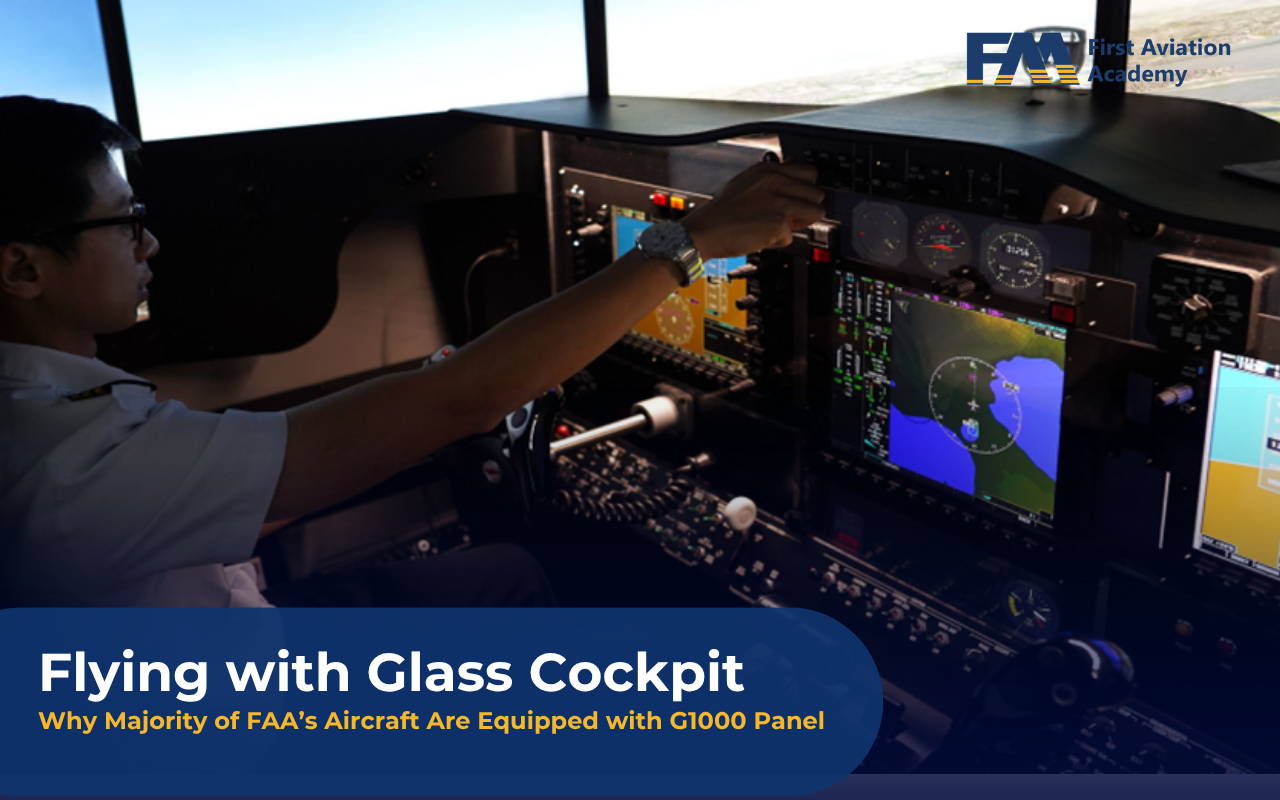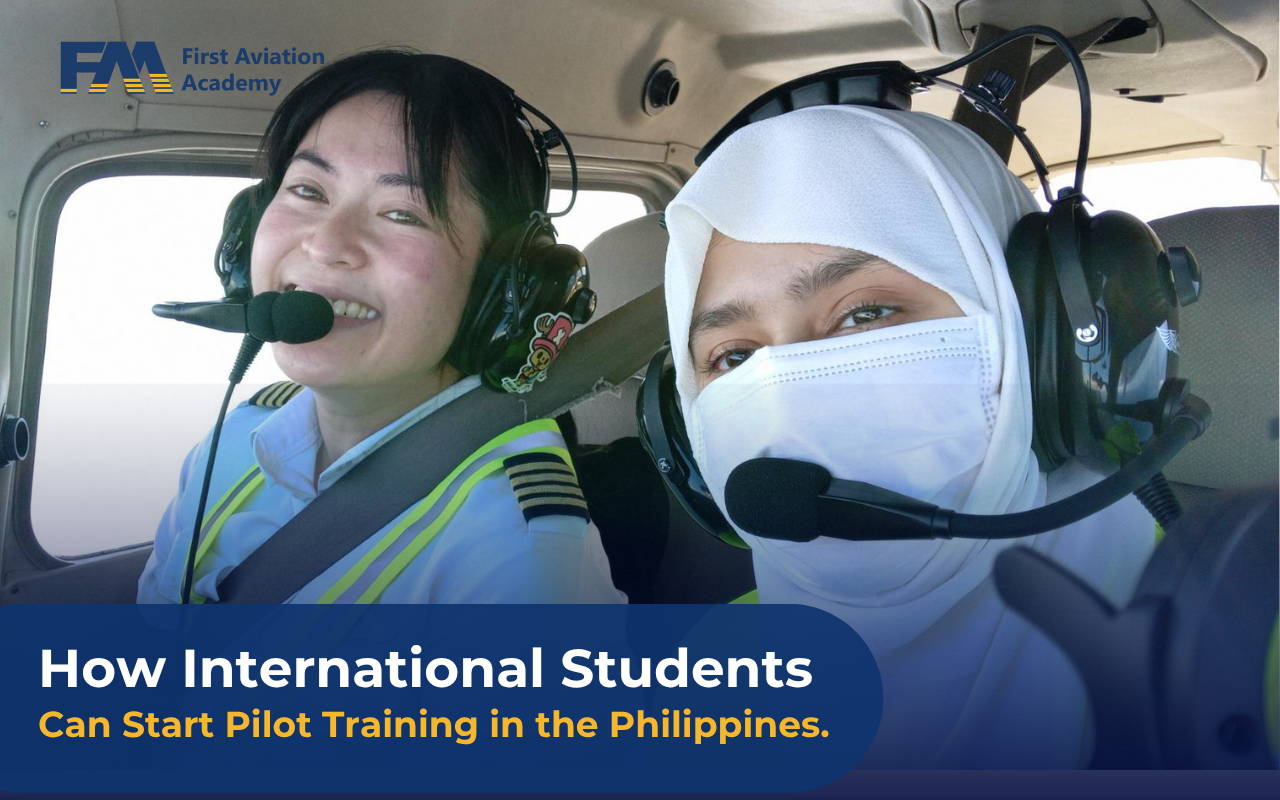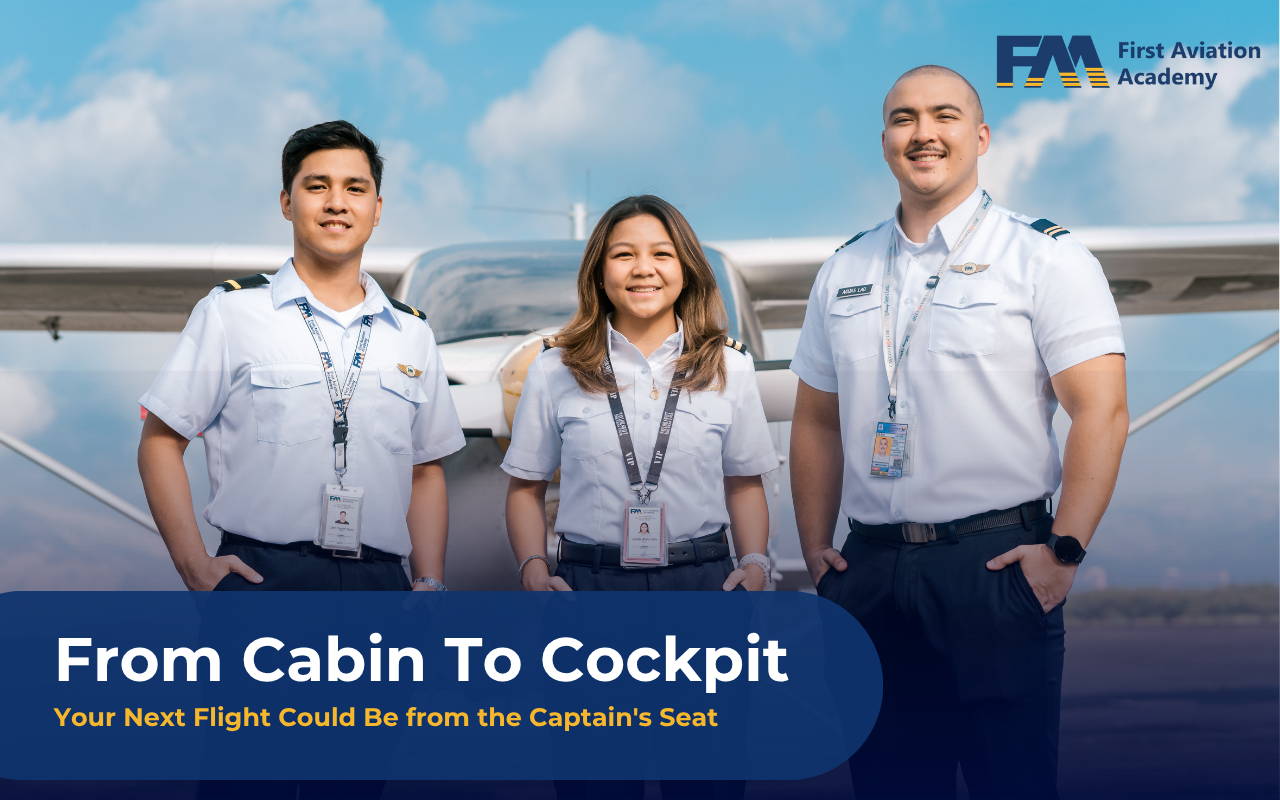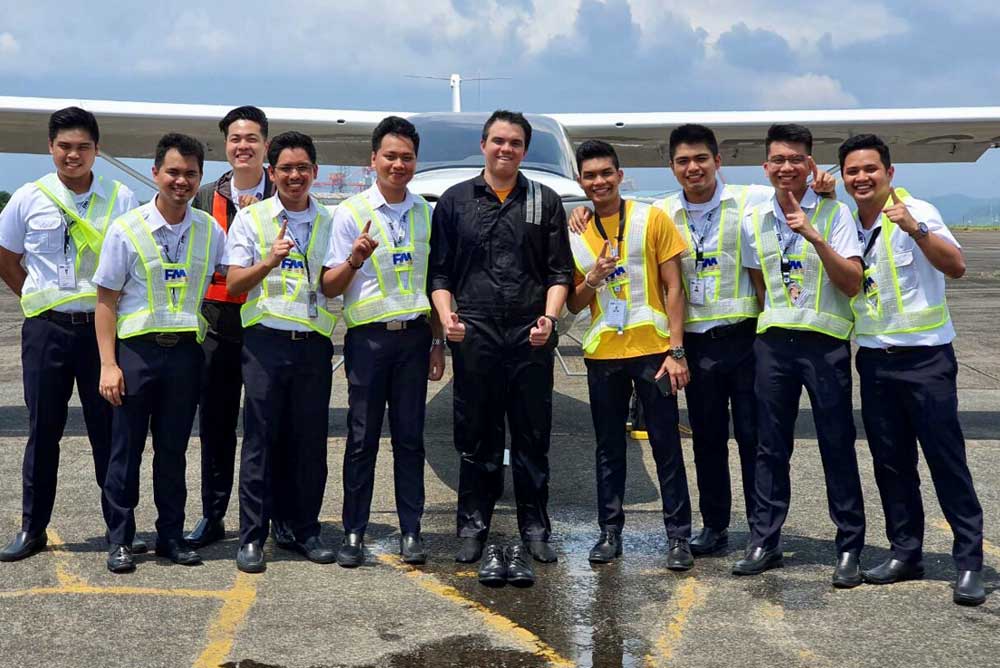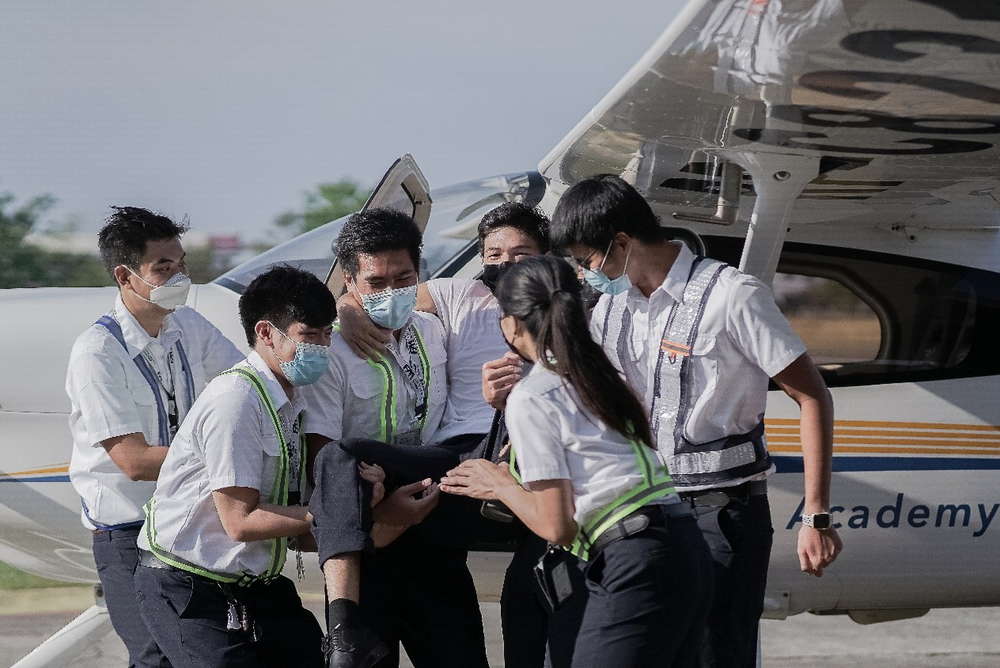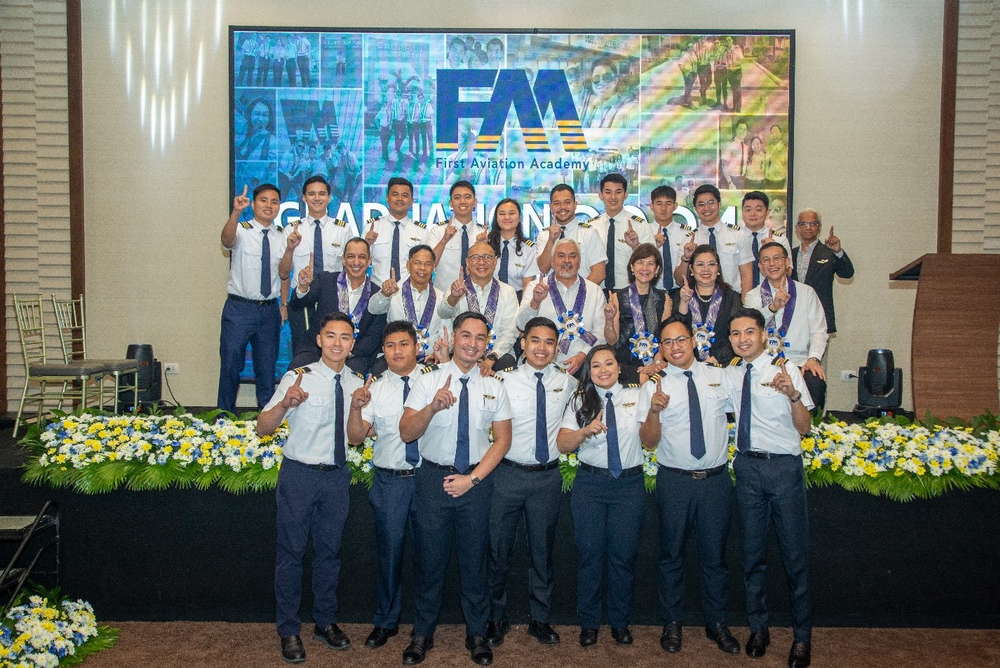Multi engine rating is not just a fancy program to add in your pilot’s license. There is a growing trend in airlines to accept applicants with more multi engine time. Here’s why:
- Multi-engine pilots have more certifications in their license which is a plus when they are applying for an airline job. They will have Single engine, multi-engine, commercial and instrument rating in their license.
- Most commercial airlines use only multi engine aircraft. If they hire pilots who are rated only in a single engine aircraft, they will have to train them again in a twin engine aircraft which would mean for training cost for the airlines.
- The more multi engine time you have, the more competitive you are in the market. Because airline and charter companies are on the lookout for pilots with more multi engine hours, it’s sure that you will have the edge on landing that pilot job.
- Flying a multi-engine aircraft will give you better aircraft handling versus those who have only flown a single engine aircraft. More hours on a twin engine means more experience on handling the aircraft.
- Transition to jet is easier. Having multi-engine rating will make your transition to a jet aircraft much easier than those who will transition from single engine to jet engine. That is why most type-rating training organizations require a multi -engine rating prior taking the type-rating course.
Enhance you pilot skills more when you have more hours of multi-engine training. First Aviation Academy is the only flight school in the Philippines that offers 30 hours of flight time on a Tecnam P2006 multi-engine aircraft. They also do their instrument rating on a twin engine aircraft which makes their students ready for an airline career. Visit FAA at Subic Bay International Airport, Subic Freeport Zone to know more about our training.

